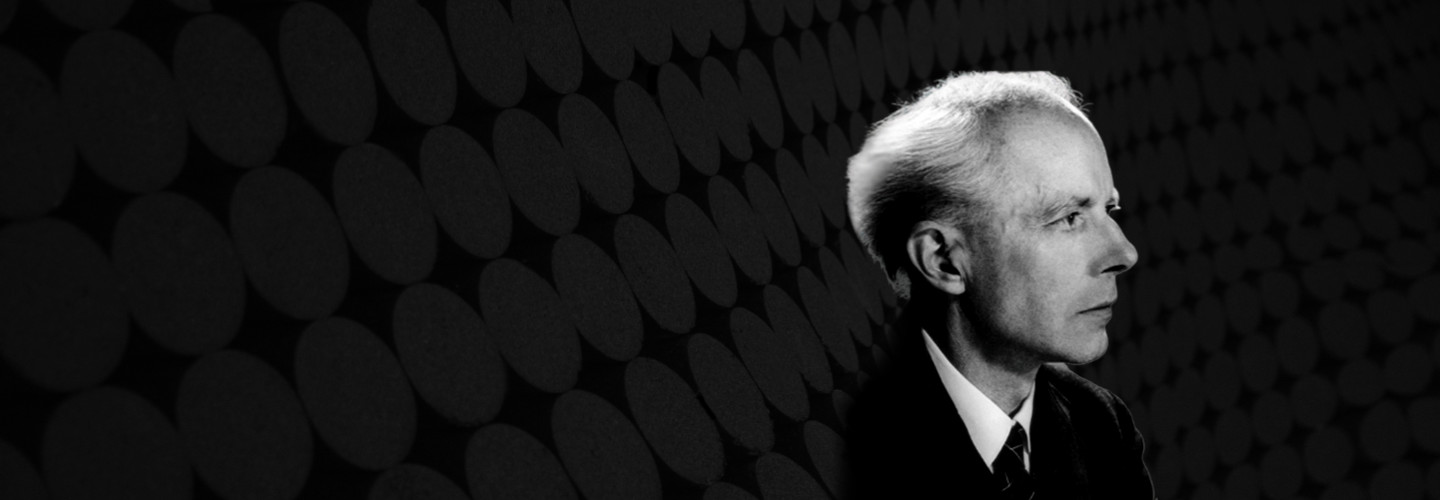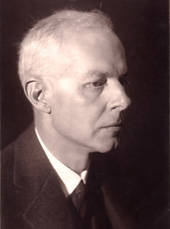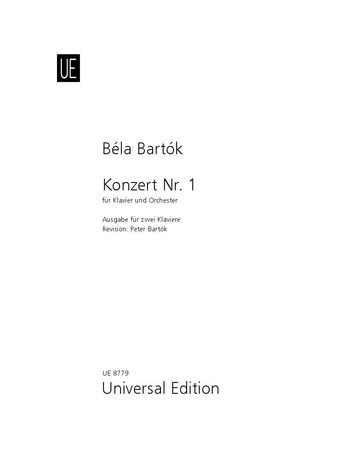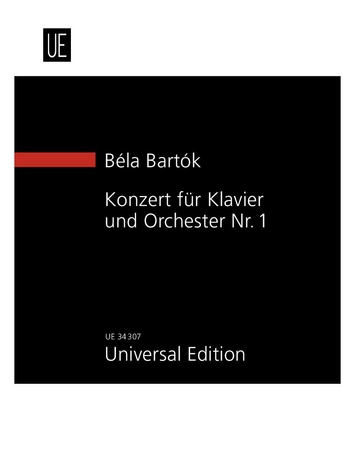

Béla Bartók
Concerto No. 1
Short instrumentation: 2 2 2 2 - 4 2 3 0 - timp, perc(3), str(10 10 6 6 6)
Duration: 23'
Übersetzer: Isabelle Dupont, Renate Stark-Voit
Bearbeitung und Mitarbeit von: Maria Koren
Herausgeber: Peter Bartók
Vorwort von: Peter Bartók
Solos:
piano
Instrumentation details:
1st flute
2nd flute (+picc)
1st oboe
2nd oboe (+c.a)
1st clarinet in Bb
2nd clarinet in Bb and A (+bass cl(A)
bass cl(Bb))
1st bassoon
2nd bassoon
1st horn in F
2nd horn in F
3rd horn in F
4th horn in F
1st trumpet in C
2nd trumpet in C
1st trombone
2nd trombone
bass trombone
timpani
percussion(3)
violin I(10)
violin II(10)
viola(6)
violoncello(6)
contrabass(6)
Bartók - 1. Konzert for piano and orchestra
Printed/Digital
Translation, reprints and more

Béla Bartók
Bartók: 1. Konzert - PartiturOrchestration: für Klavier und Orchester
Type: Dirigierpartitur (Sonderanfertigung)

Béla Bartók
Bartók: Piano Concerto No. 1 for 2 pianos 4 handsOrchestration: for 2 pianos 4 hands
Type: Klavierauszug

Béla Bartók
Klavierkonzert Nr. 1Orchestration: for piano and orchestra
Type: Studienpartitur
Audio preview
Work introduction
Béla Bartók wrote the first of his three piano concertos in the autumn of 1926. It was intended for Bartók’s own concert appearances, and the first performance was given on 1 July 1927 in Frankfurt am Main as part of the IGNM Festival, with Bartók as soloist under Wilhelm Furtwängler.
The work reflects perfectly the essence of Bartók’s compositional style at that stage in his development where a movement towards synthesis can be discerned. Together with marked vitalist features there is a tendency to combine the original sound material, once assembled, with classical ideals and forms. On the one hand a precise organization is clearly recognizable in all parameters of the musical language, as well as a certain objectivization, while on the other hand a wealth of feeling together with spontaneity, musical energy of dionysian vitality, and warmth of human nature are strongly in evidence. This Concerto for Piano and Orchestra No. 1 may seem at first glance to over-assert the aesthetic postulates of early Stravinsky works, especially with regard to the rhythmic energy and ‘brut’ sound. Hidden under this first auditory layer, however, there is a musical sphere peculiar to Bartók, its elements logically balanced, in which a shadow of the Apollonian tension can even be detected.
The three movements are closely linked monothematically, all the thematic material being in fact derived from a single core in accordance with the monothematic-variational method. Within the clearly defined formal organization, modal, folklorish, diatonic motives prevail, which are for the most part made up of scale-sections, seldom extending to the full octave. Under these simple melodic lines and motives, linearly richly interwoven (in accordance with ‘variational or alternating’ diatonic techniques) and often moving in various tonal layers, Bartók sets stark chromatic vertical clusters, following the axiom which he upheld at the time: ‘The simpler the melody, the more unusual the accompaniment should be’. The clear focal points of the tonal centralization are, however, consciously stressed. The powerful overall element is a rhythmic force of unusual intensity and richness, full of strong but irregular pulsation, frequent time-changes and varying bar-structure. These components all combine to produce a work whose superior, powerful features and technical perfection point to a later moderation of tension, and restraint of emotion and of technical effect: the inevitable result of maturity.
